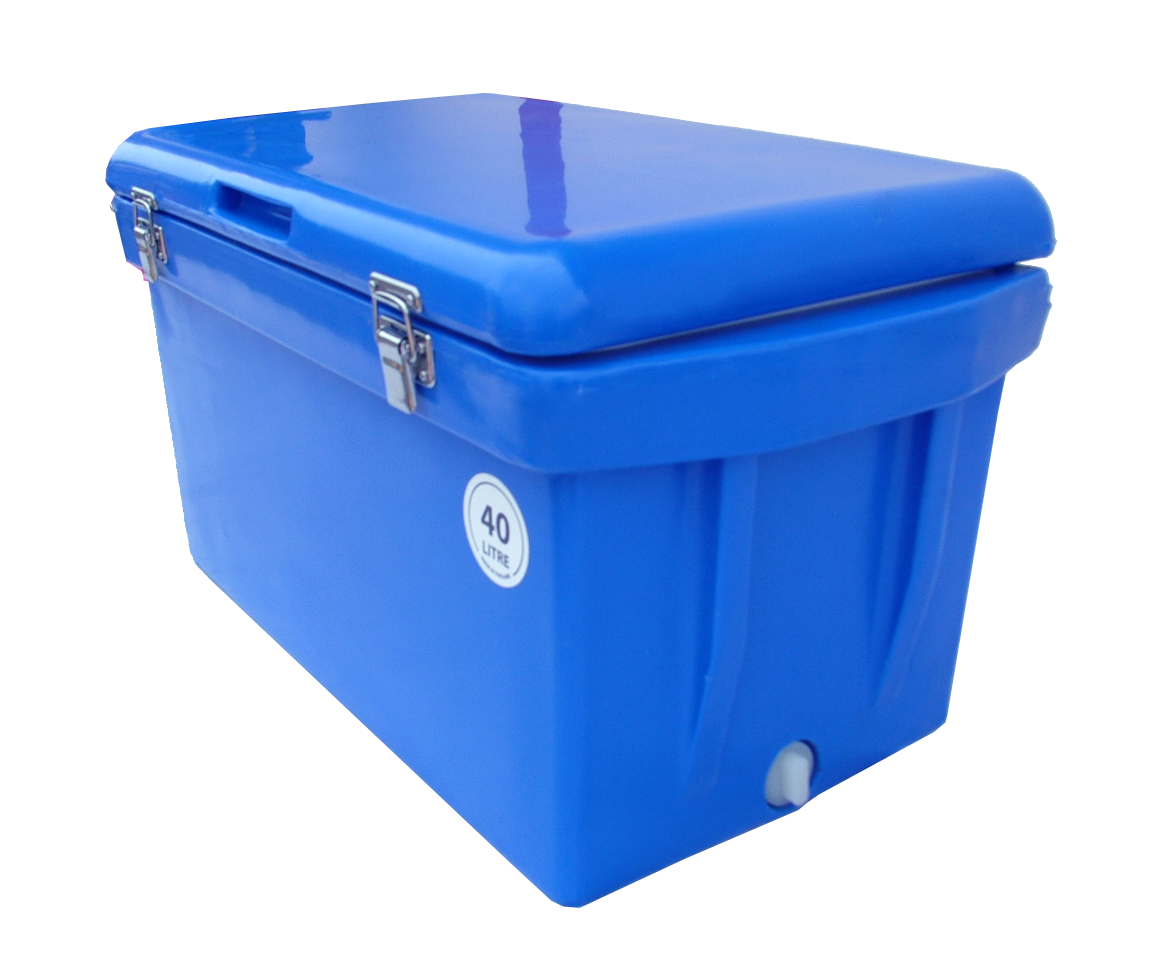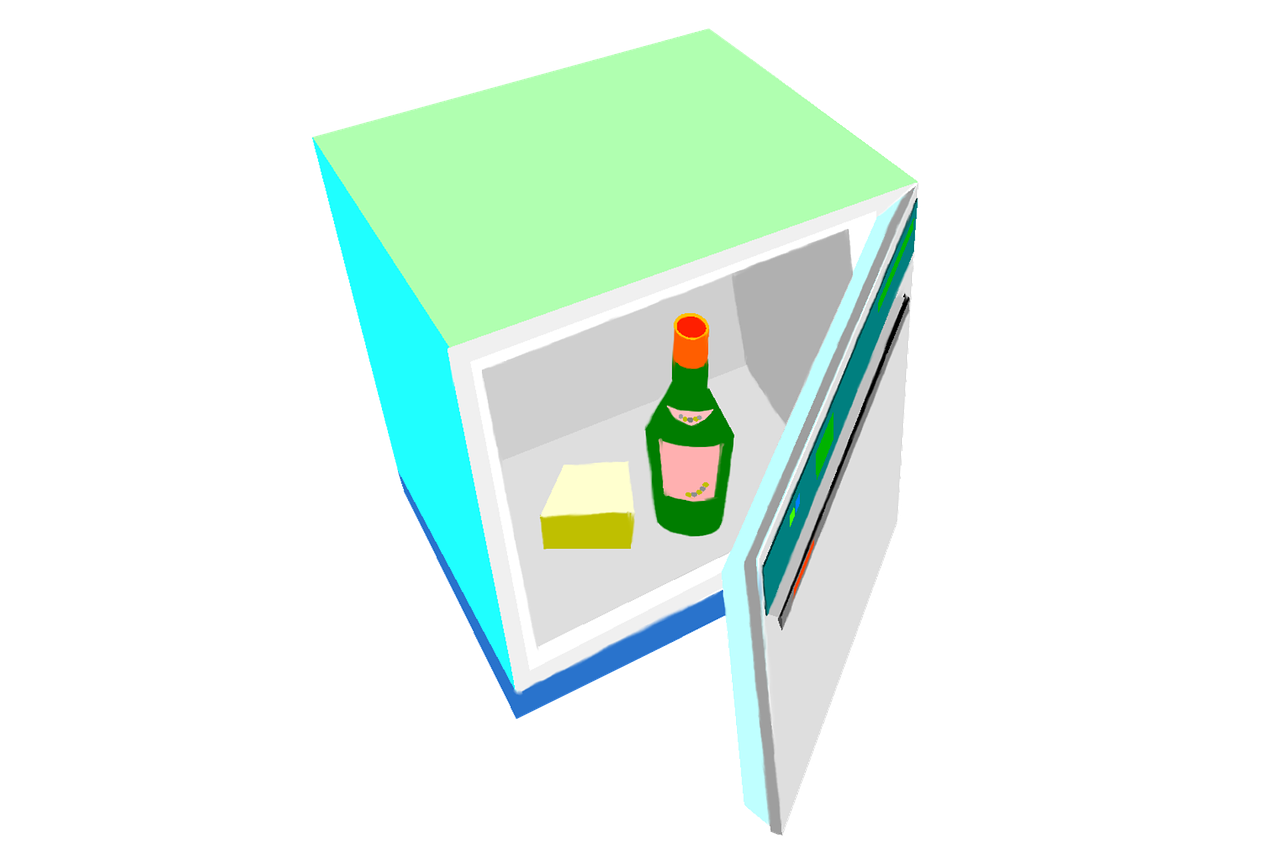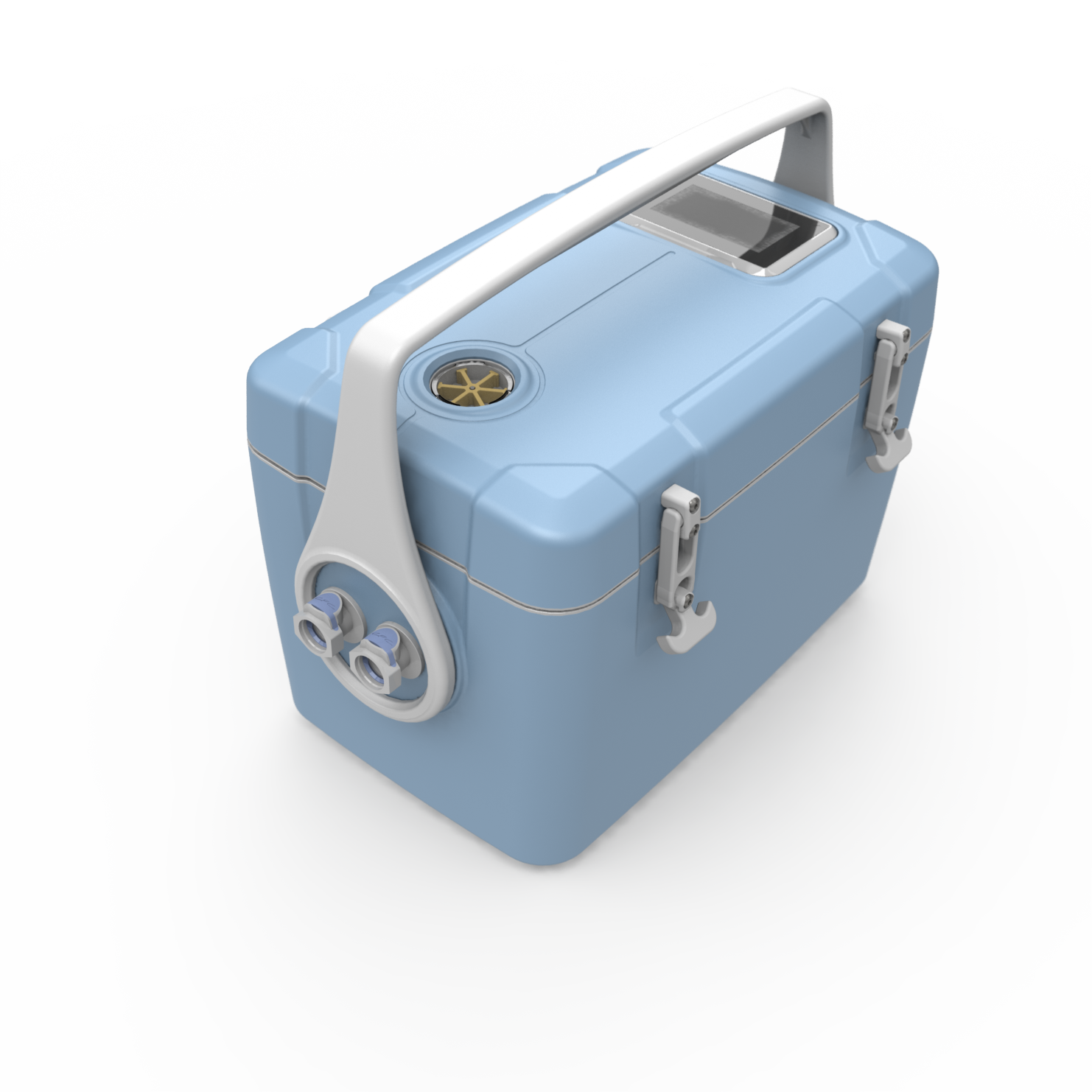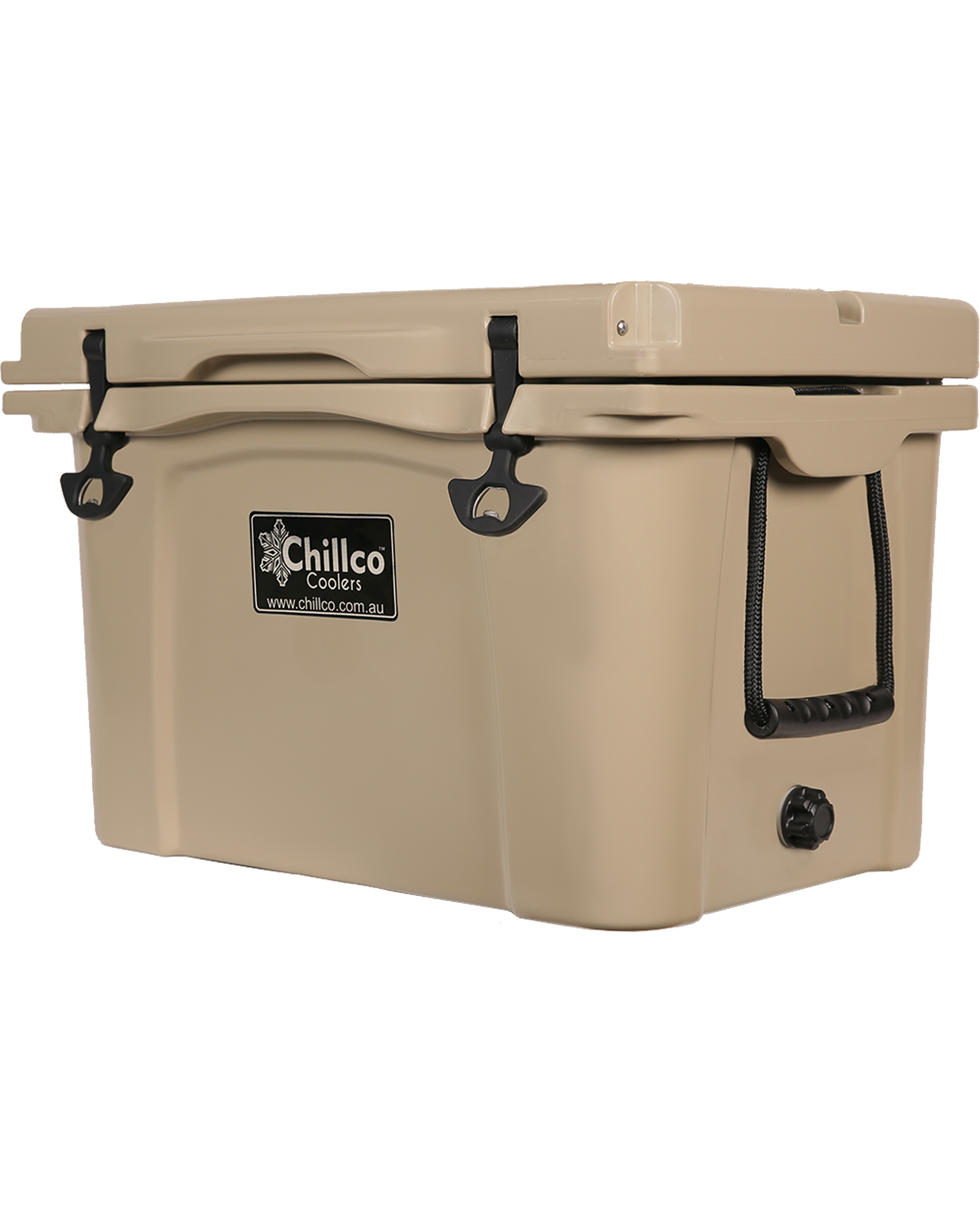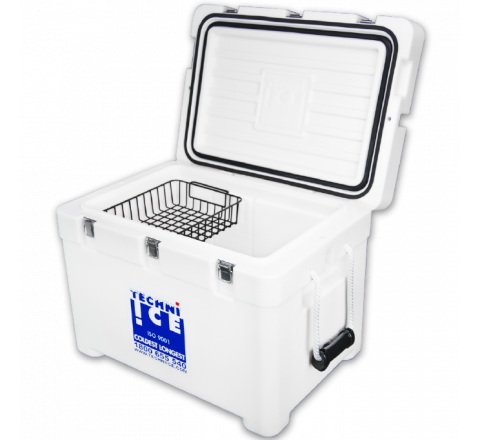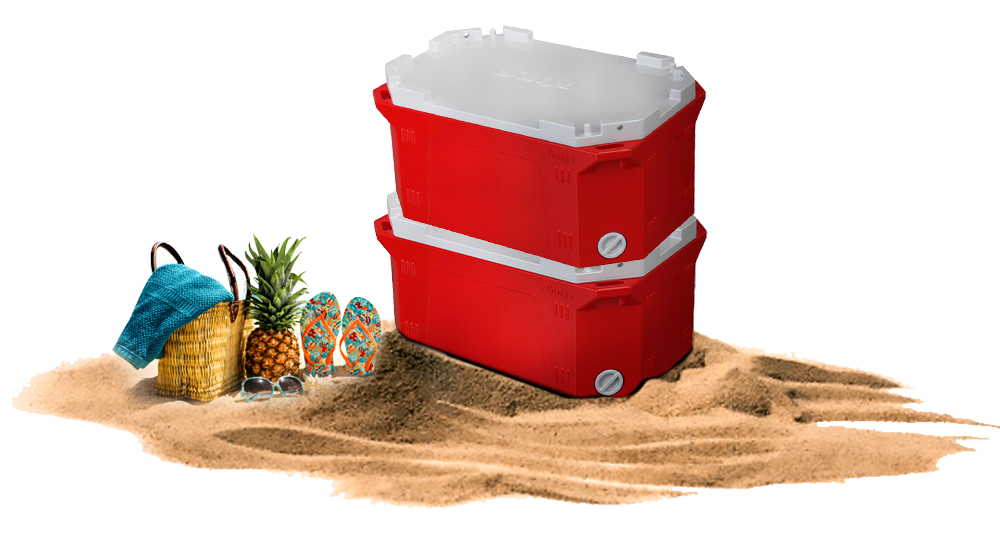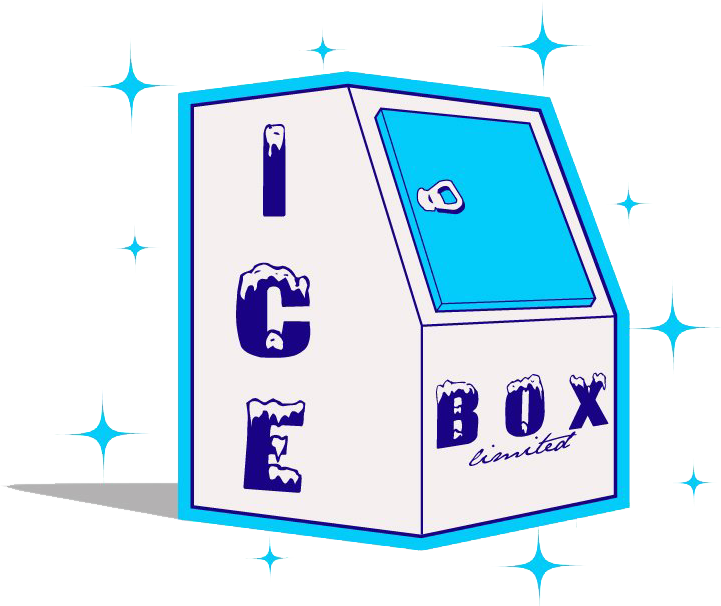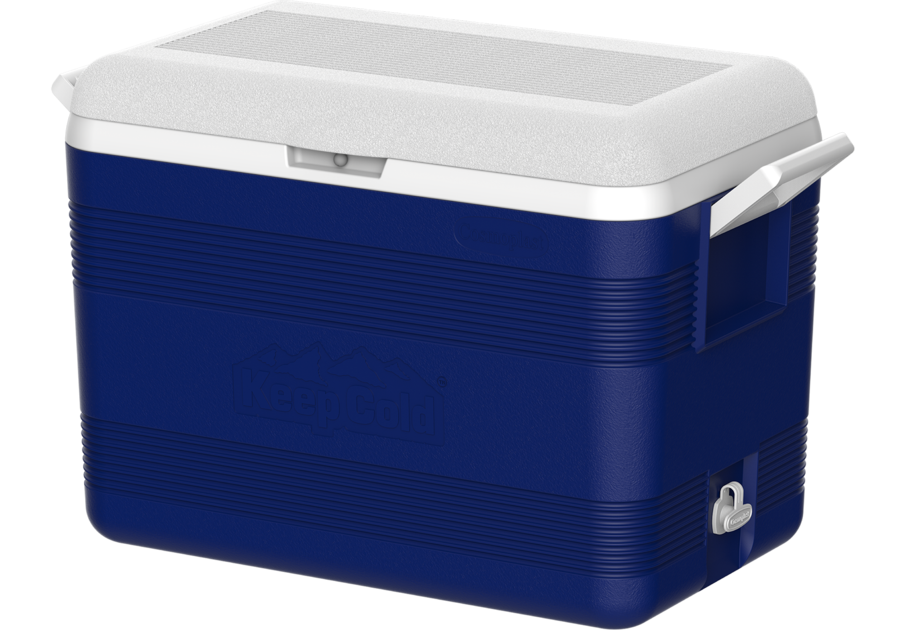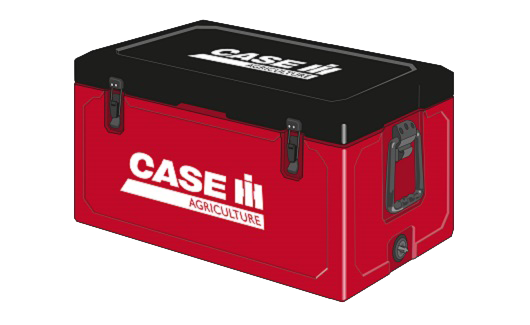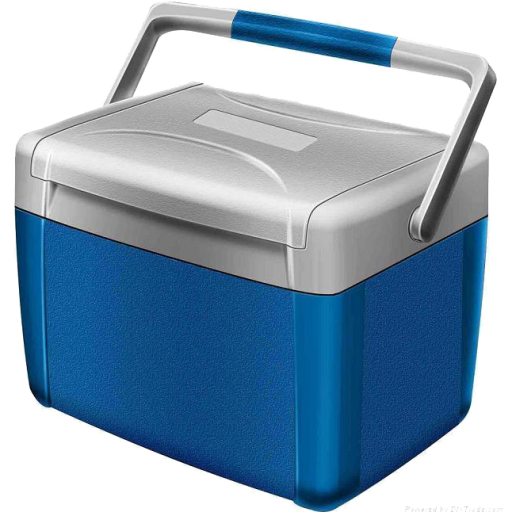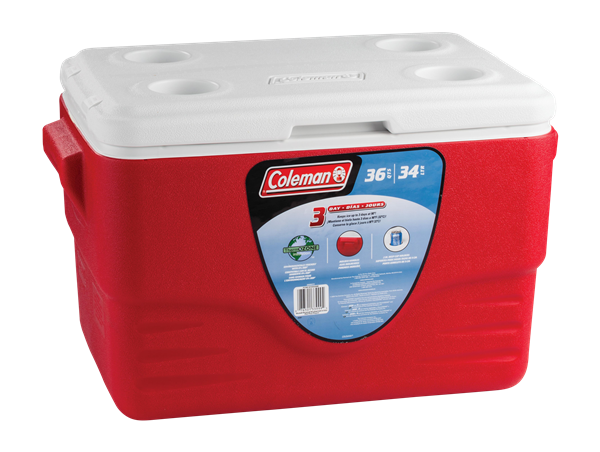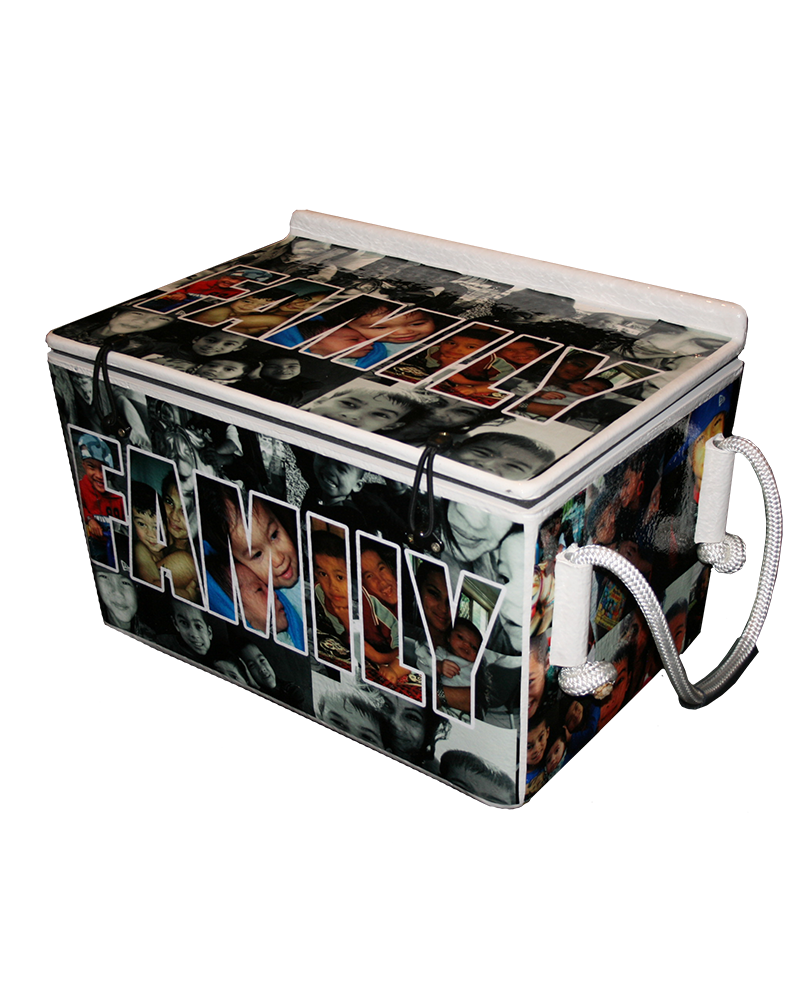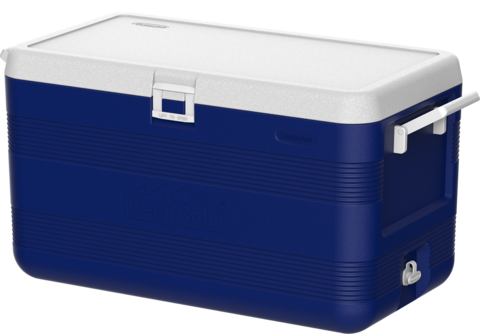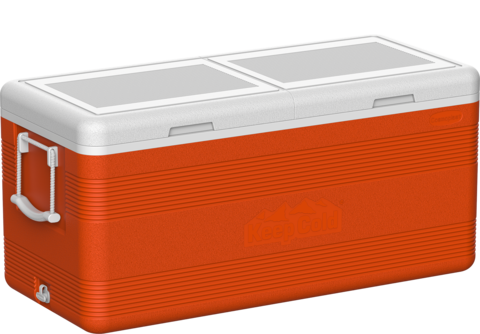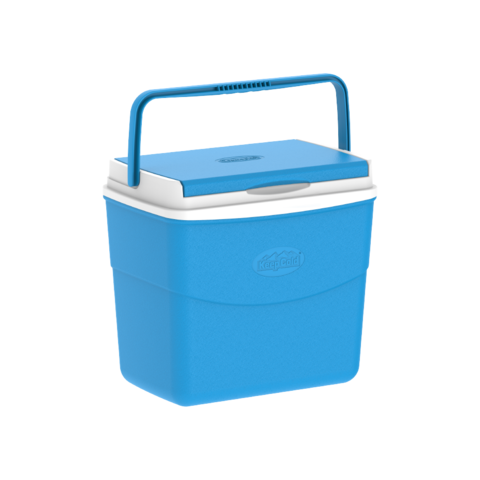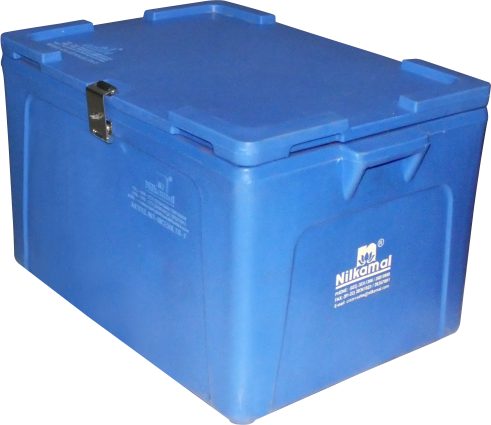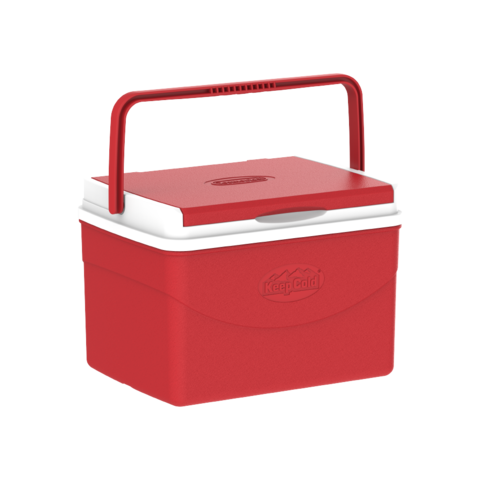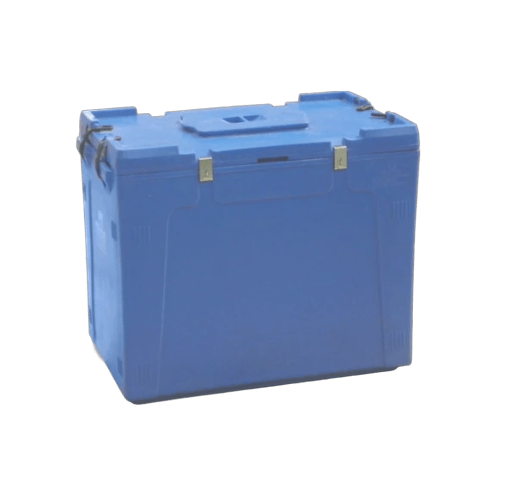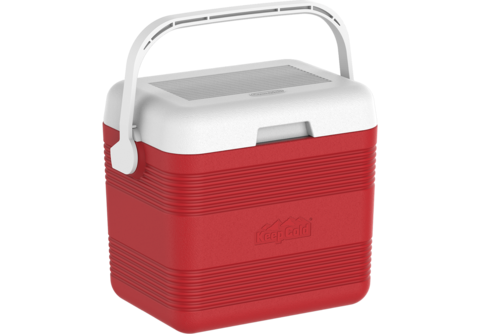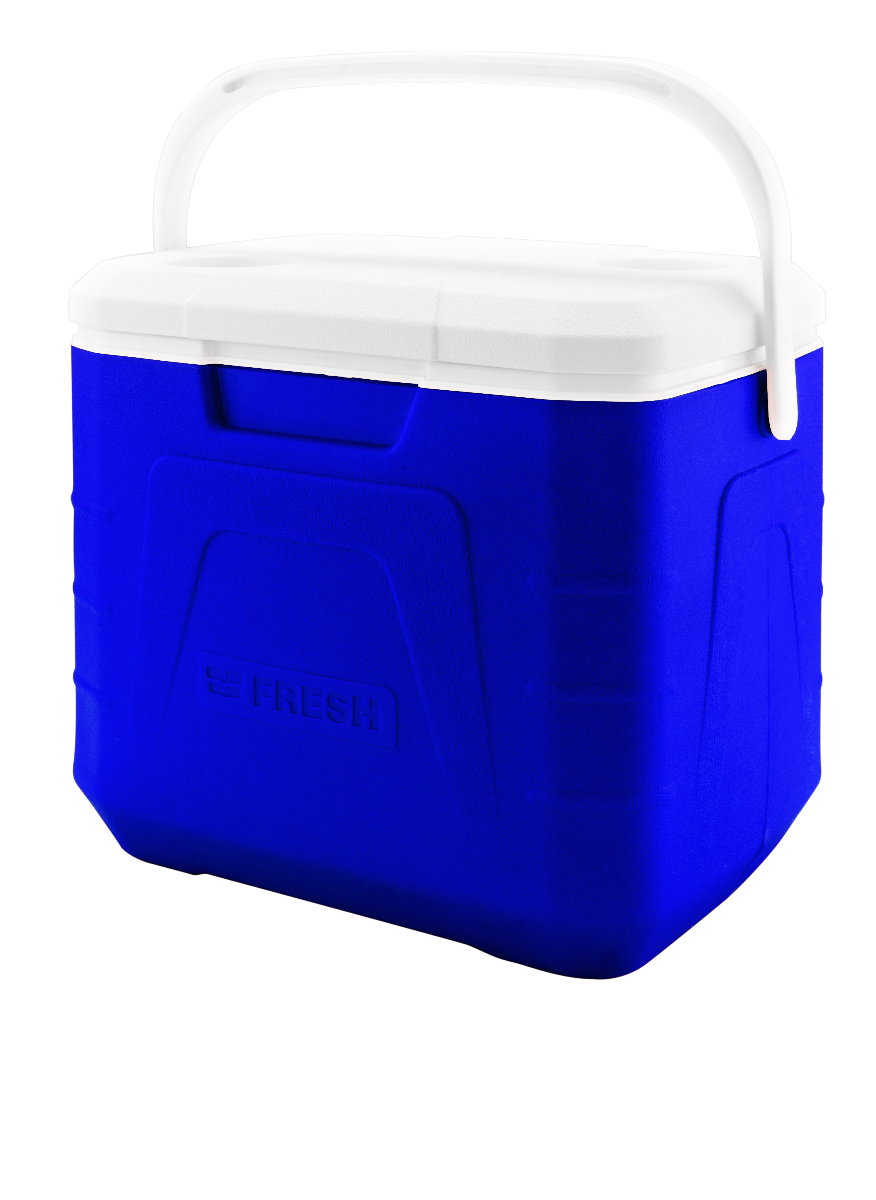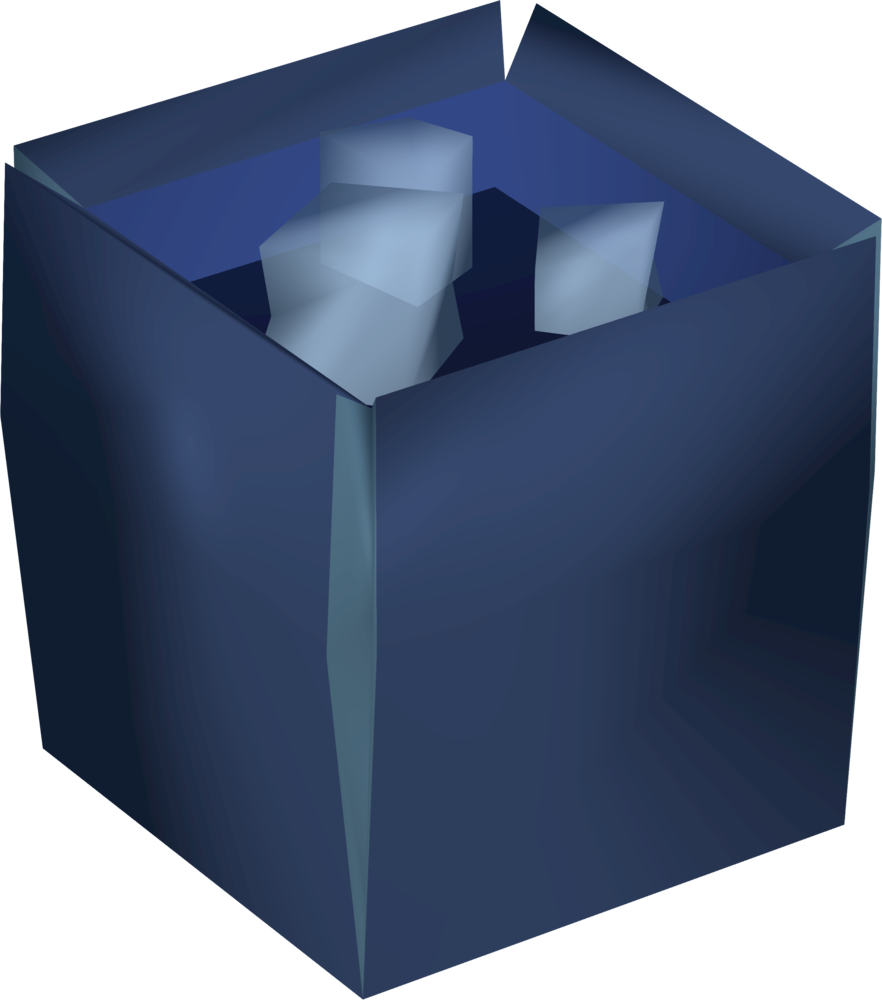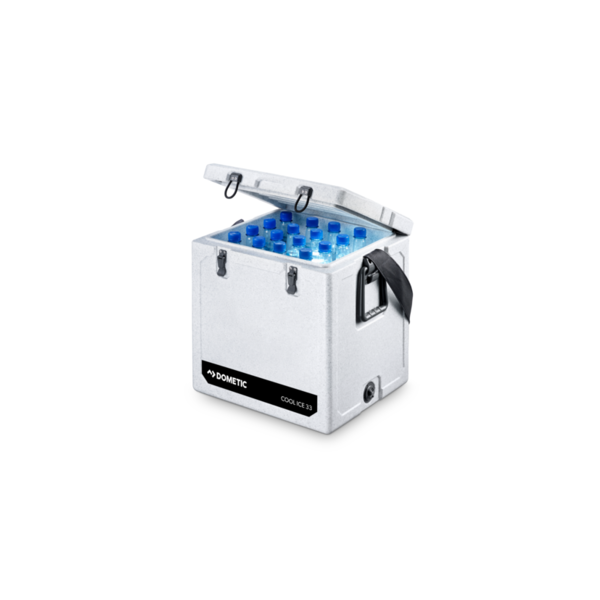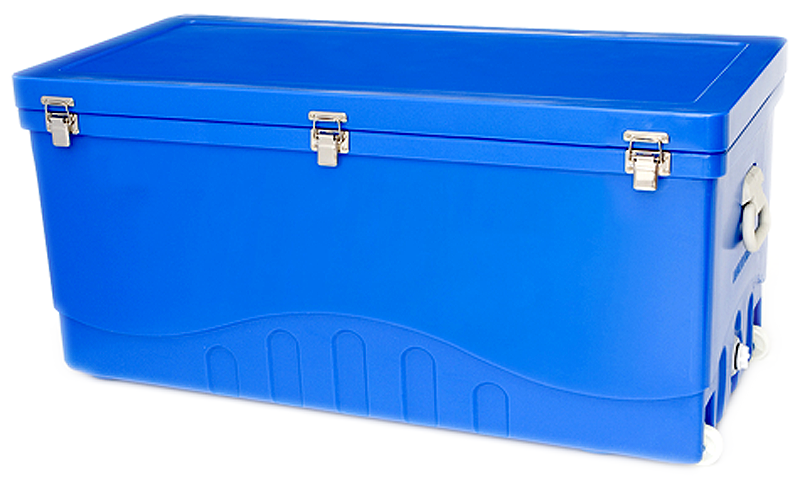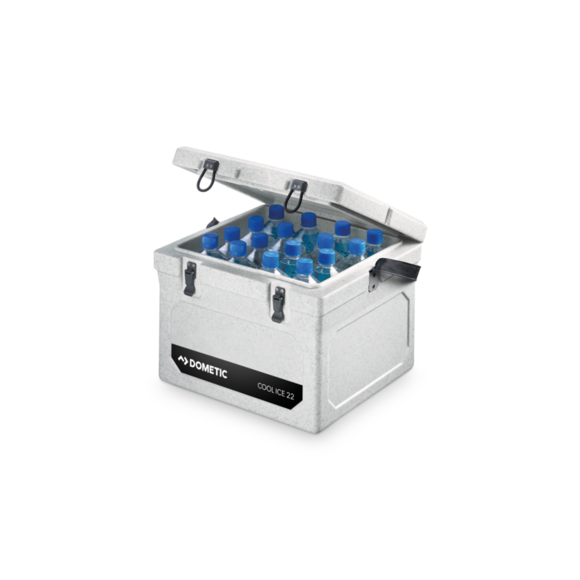Download top and best high-quality free Icebox PNG Transparent Images backgrounds available in various sizes. To view the full PNG size resolution click on any of the below image thumbnail.
License Info: Creative Commons 4.0 BY-NC
Before the introduction of reliably powered refrigeration equipment, an icebox is a small non-mechanical refrigerator that was a typical early-twentieth-century domestic item. Before the invention of electric refrigerators, iceboxes were referred to as “refrigerators” by the general population. Early non-electric refrigerators were referred to as iceboxes until after the introduction of the contemporary electric refrigerator. Since 1848, the phrases ice box and refrigerator have been used interchangeably in advertising.
The first known usage of refrigeration technology was at the Sumerian city of Terqa about 1775 BC. The region’s King, Zimri-lim, started building an intricate ice palace there, complete with a sophisticated drainage system and small ponds to freeze water at night. Although the use of ice for cooling and preservation was not novel at the time, these ice homes opened the way for the invention of the icebox, a smaller version of the ice house. The more traditional icebox may be traced back to the days of ice harvesting, which peaked in the mid-nineteenth century and peaked again in the 1930s, when the refrigerator was brought into the house. The majority of municipally consumed ice was taken from snow-covered regions or frozen lakes in the winter, kept in ice houses, and transported domestically. The commercial ice cutter was introduced in 1827, making natural ice harvesting easier and more efficient. This invention reduced the cost of ice, allowing the icebox to become more popular. Until now, iceboxes have only been used for personal purposes and not for large production. By the 1840s, a number of firms had entered the icebox manufacturing sector, including Sears, Baldwin Refrigerator Company, and Ranney Refrigerator Company. D. Eddy & Son of Boston is credited with being the first firm to mass-produce iceboxes. Many Americans preferred large iceboxes at the time. The Boston Scientific Refrigerator Company, for example, created iceboxes that could contain up to 50 pounds of ice. In a 1907 study of New York City residents’ expenditures, “refrigerators” were discovered in 81 percent of the homes polled, either in the form of ice held in a tub or iceboxes. The worth of the United States increased from $4.5 million in 1889 to $26 million in 1919 because to the efforts of the icebox manufacturing business and improved technology.
Thomas Moore, an American farmer and cabinetmaker, created the icebox in 1802. Moore utilized the icebox to carry butter from his house to the Georgetown markets, allowing him to sell solid, brick butter rather than the mushy, melted tubs that his competitors were selling at the time. His original concept was an oval cedar tub with a tin container inside and ice between them, all covered in rabbit fur to keep the gadget warm. Hollow walls coated with tin or zinc and filled with different insulating materials such as cork, sawdust, straw, or seaweed were used in later variants. In a tray or compartment towards the top of the box, a giant block of ice is kept. In the lower half, cold air flows down and around the storage chambers. Spigots on some higher-end versions allow you to drain frozen water from a catch pan or holding tank. A drip pan is put under the box in less expensive variants, and it must be emptied at least once a day. The user must replace the melted ice, which is usually done by getting new ice from an iceman. The icebox’s design allowed perishable items to be preserved for longer periods of time than before, without the need for more time-consuming preservation methods like smoking, drying, or canning. Refrigerating perishables also has the added benefit of not affecting the flavor of the food.
Download Icebox PNG images transparent gallery
- Icebox PNG Photos
Resolution: 1156 × 960
Size: 805 KB
Image Format: .png
Download
- Icebox Transparent
Resolution: 1280 × 850
Size: 146 KB
Image Format: .png
Download
- Icebox PNG Clipart
Resolution: 1482 × 1482
Size: 1395 KB
Image Format: .png
Download
- Icebox PNG Picture
Resolution: 1600 × 2000
Size: 1185 KB
Image Format: .png
Download
- Icebox PNG HD Image
Resolution: 480 × 440
Size: 161 KB
Image Format: .png
Download
- Icebox PNG Image HD
Resolution: 630 × 315
Size: 163 KB
Image Format: .png
Download
- Icebox Old
Resolution: 1000 × 558
Size: 500 KB
Image Format: .png
Download
- Icebox Old PNG Images
Resolution: 721 × 606
Size: 187 KB
Image Format: .png
Download
- Icebox Old PNG Photos
Resolution: 906 × 630
Size: 591 KB
Image Format: .png
Download
- Icebox Old Transparent
Resolution: 530 × 325
Size: 100 KB
Image Format: .png
Download
- Icebox Old PNG Clipart
Resolution: 512 × 512
Size: 325 KB
Image Format: .png
Download
- Icebox Old PNG Picture
Resolution: 600 × 452
Size: 344 KB
Image Format: .png
Download
- Icebox Old PNG HD Image
Resolution: 800 × 1000
Size: 753 KB
Image Format: .png
Download
- Icebox Old PNG Image HD
Resolution: 480 × 334
Size: 157 KB
Image Format: .png
Download
- Icebox Old PNG
Resolution: 480 × 334
Size: 169 KB
Image Format: .png
Download
- Icebox Old PNG Pic
Resolution: 480 × 480
Size: 115 KB
Image Format: .png
Download
- Icebox Old PNG File
Resolution: 491 × 425
Size: 259 KB
Image Format: .png
Download
- Icebox Old PNG Image
Resolution: 480 × 480
Size: 113 KB
Image Format: .png
Download
- Icebox Old PNG Photo
Resolution: 506 × 494
Size: 37 KB
Image Format: .png
Download
- Icebox Old PNG Cutout
Resolution: 480 × 334
Size: 107 KB
Image Format: .png
Download
- Icebox
Resolution: 640 × 480
Size: 65 KB
Image Format: .png
Download
- Icebox PNG
Resolution: 2138 × 2398
Size: 241 KB
Image Format: .png
Download
- Icebox PNG Pic
Resolution: 500 × 330
Size: 22 KB
Image Format: .png
Download
- Icebox PNG File
Resolution: 876 × 1200
Size: 842 KB
Image Format: .png
Download
- Icebox PNG Image
Resolution: 882 × 1000
Size: 196 KB
Image Format: .png
Download
- Icebox PNG Photo
Resolution: 600 × 600
Size: 104 KB
Image Format: .png
Download
- Icebox PNG Cutout
Resolution: 800 × 477
Size: 515 KB
Image Format: .png
Download
- Icebox PNG Images
Resolution: 580 × 580
Size: 119 KB
Image Format: .png
Download
